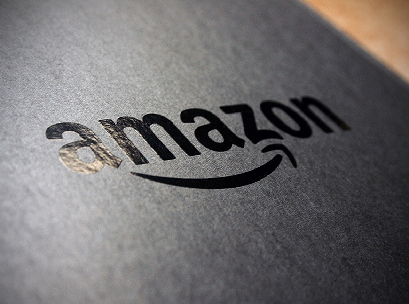 In a recent webinar with potential sellers, a key account manager for Amazon in Australia indicated that the company aims to launch its online marketplace offering by late 2017 or early 2018.
In a recent webinar with potential sellers, a key account manager for Amazon in Australia indicated that the company aims to launch its online marketplace offering by late 2017 or early 2018.
The account manager, Brittany Rinker, emphasised to webinar attendees that this is not an official launch date, which the company has not yet provided. She also said Amazon is “actively working with businesses to prepare for launch”.
However, the fact that Amazon’s seller portal, Seller Central, is still rife with broken links and missing information, according to a source with access to the portal, including which shipping carriers will be supported, suggests that the launch of Marketplace may be later than previously thought.
Octomedia reported in August that launch could be as early as late September or early October, based on information from sources that had knowledge of Amazon’s talks with sellers. And Citi analysts in September wrote a note to clients that Amazon could launch within the next 60 days based on feedback from suppliers.
Up to now, the assumption has been that Amazon would launch in time for Black Friday and Christmas trading. It’s unclear whether this assumption was incorrect, or whether the launch date has been pushed back. Amazon was asked for comment, but a spokesperson for the company said it does not comment on future plans.
One reason Amazon may have delayed the launch date, if indeed that is what happened, could be that sellers haven’t created the volume of listings it requires. Until recently, sellers have had to manually upload all their product information using Excel spreadsheets.
As one potential seller who wished to remain anonymous said, “For small businesses, manually uploading and creating products is fine. But if Amazon wants to get a volume of products up there, they’ll need to get medium to large sellers, who won’t invest time in manually uploading products, or keeping inventory up to do date. They’ll wait for an integration, and that’s when they’ll upload tens of thousands of products at a time.”
Amazon has since announced support for ChannelAdvisor, a solution that allows retailers to automatically upload product information from their website to marketplaces, including Amazon’s seller portal.
Octomedia has learned that Amazon is currently working to add support for more integration tools, possibly including M2E, a solution that helps retailers on the Magento e-commerce platform integrate with Amazon and Ebay.
Meanwhile, Amazon appears to still be actively recruiting sellers for Marketplace. Rinker told the webinar attendees, who had been handpicked as potential sellers, that they would need to complete all product listings and have stock ready-to-go within five weeks of gaining access to Seller Central.
“That does not indicate we are launching in five weeks,” she told webinar attendees.
Registered sellers that don’t have inventory ready-to-go the day Amazon launches will not be featured in search results. But according to a source with access to Seller Central and statements Rinker made during the webinar, many key features are not yet live in the portal, including core capabilities like shipping settings, which will likely be enabled in the coming weeks, and marketing tools, such as promotions and pay-per-click advertising.
Settings related to Fulfilment by Amazon (FBA) are also not currently supported in Seller Central. Indeed, Amazon has not officially said whether it will launch FBA at all in Australia. Most industry experts seem to believe it will, since the warehousing and delivery solution offers a key point of difference to other marketplaces. However, some speculate that FBA will not be available at launch.
Rinker told webinar attendees she could not say whether or when FBA would be available in Australia, but said they should be prepared to self-fulfill as a precaution. She went on to give the potential sellers information about how to create product listings and improve their search rankings on Amazon, as well as details about pricing structure. Amazon charges sellers a monthly membership fee ($49.95 plus GST) as well as a referral fee, which is a percentage of sales and dependent on the seller’s category.
Amazon eyes pharmaceutical push
Inside FMCG
Meanwhile, Amazon has sent pharmaceutical stocks in the US into a nosedive on reports that it’s about to announce its entry into the prescription drug business.
According to CNBC reports, the ecommerce giant will decide whether to move into selling prescription drugs online by thanksgiving, a move that analysts believe could significantly lower drug prices.
CNBC said sources familiar with Amazon’s plans have said that the company has been undertaking research on a possible move into the category for more than a year, creating a division within its consumables team to spearhead the possible expansion.
Amazon already sells medical supplies from its US store, but a move into the drug business could disrupt markets across the spectrum of its global operation if initial US results are encouraging.
Morgan Stanley analysts said Amazon could open virtual retail pharmacies that would leverage its existing customer-facing infrastructure to loop customers into the new service.
The analysts said that the expansion would not be a significant challenge for Amazon, further embedding concerns that have seen bricks-and-mortar pharmacy chain Walgreen’s stock price dip almost 10 per cent in the last week.
















